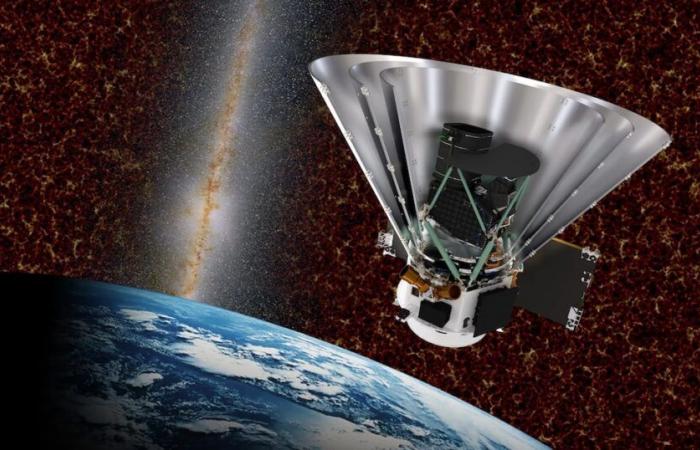
NASA announced that its Spherex space Observatory has officially initiated its scientific operations.
This is an important step towards the discovery of New knowledge about the origins of the universe, the evolution of galaxies and the basic components of life on the Milky Way.
Spherex will take approximately 3,600 daily images for the next two years, as the entire sky systematically explores.
What is Spherex, NASA’s space telescope
Run on March 11, Spherex has spent the last six weeks making checks, calibrations and other activities to make sure it works correctly, NASA said.
With the scientific operations already underway, Spherex will draw the positions of hundreds of millions of galaxies in three dimensions.
Its objective is to address some of the deepest questions of cosmology, such as the origin of the universe and the evolution of its large -scale structure.
“This new observatory adds to the set of astrophysical research missions that will precede the Nancy Grace Roman Space Telescope of NASA,” said Shawn Domagal-Goldman, at home director of the Astrophysics Division of the NASA headquarters in Washington.
“Together with these other missions, Spherex will play a key role in the answer to the big questions about the universe we address in NASA every day,” he added.
The Observatory will complete more than 11,000 orbits throughout its 25 months of scheduled survey operations, giving about 14 and a half laps around the Earth a day, according to NASA, and must operate at least 210 degrees Celsius, in part, to prevent its components from generating their own infrared glow, which could overshadow the dim light of the cosmic sources.
To keep its elements cold and at the same time simplify the design and operational needs of the spacecraft, Spherex is based on a completely passive cooling system: no electricity or refrigerants are used during normal operations, NASA detailed.
The key to making this feat possible are three cones -shaped photons shields to protect the heat and sun heat telescope, as well as a mirrors structure under the shields to direct the heat of the instrument towards space. Those photons shields give the spacecraft their distinctive contour.





